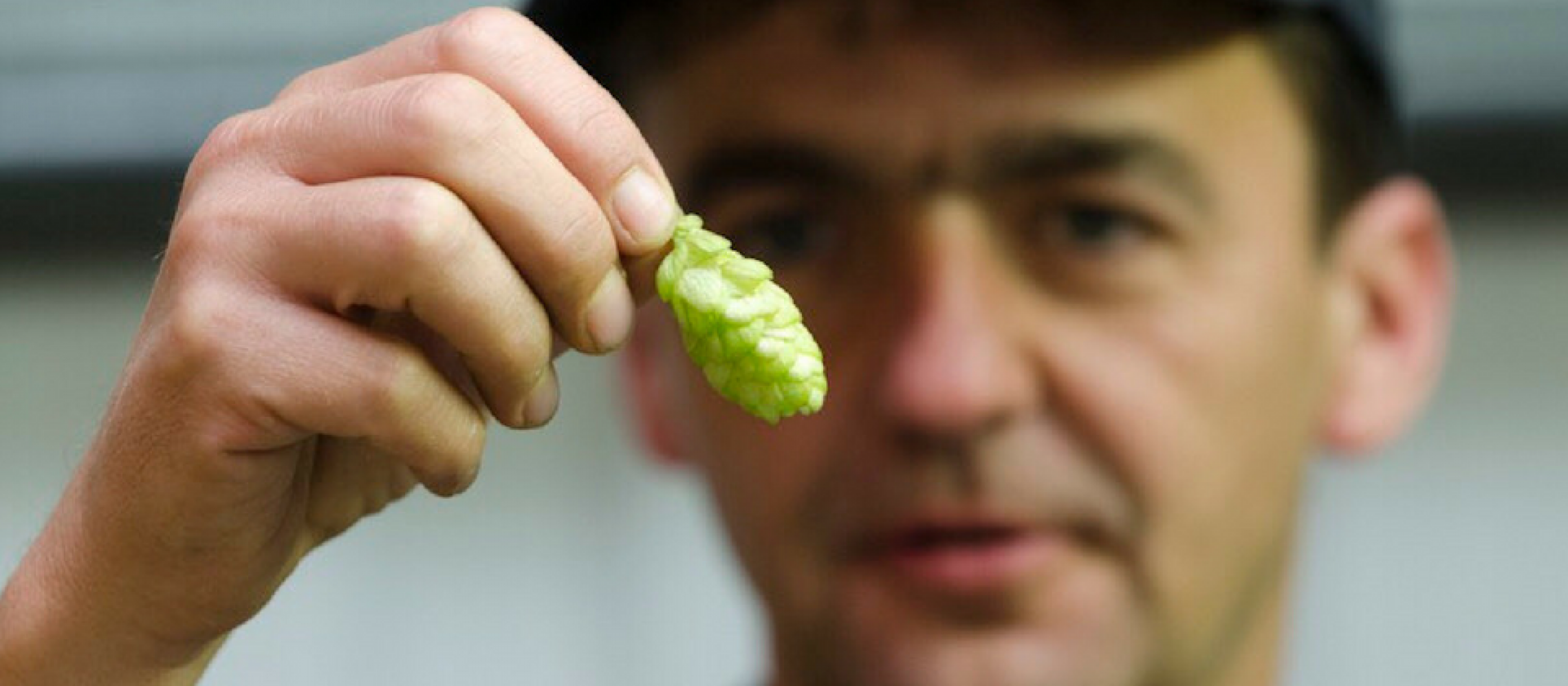Submission Deadline
28 February 2026
Judging
Date
23 March 2026
Winners Announcement
22 April 2026
28 February 2026
23 March 2026
22 April 2026

Every brewer wants their beer to reach the customer in perfect condition, so good packaging is essential. Cans are flavour of the month at the moment, but there’s another way of doing it that has been around rather longer: bottle-conditioning, whereby fermentation continues in the bottle, changing the condition and adding sparkle to the beer.
At Gadd’s Brewery in Ramsgate, Kent, all of the bottled beers are packaged in this way. “You get a better beer, it has deeper quality,” says Eddie Gadd, the brewery’s founder. “You get a fuller flavour, you get a different kind of carbonation: a better, finer quality of carbonation. It helps with the overall experience. It’s a live product, you haven’t killed it and stuck it in a bottle.”
Here are his tips for making the best possible bottle-conditioned beer:
“You need to ensure you have a really low level of yeast in the bottle; if you’ve got the right equipment this is much easier. If you have the smallest amount of yeast possible, you won’t get big lumps of yeast coming out when you pour it.
“For a bottle conditioned English ale, the customer is expecting a clear beer. Even if it’s been in the fridge, it needs to come out clear so it needs to be chill-proofed. You need to be able to get it right down to temperature in the brewery; when you’re a small brewery that technology is not always available. You need nice cooling equipment and a bottle filler so you can fill under pressure.”
“One big mistake is over-carbonating your beer. That happens because the levels to which a beer will ferment varies from batch to batch, based on the malt coming in, the mashing conditions, and, oddly, whether you dry hop or not. For some reason, dry-hopping tends to lower the potential finishing gravity. You need to know when your beer is going to finish fermenting - because if you don’t know that, then you’re going to end up with beer that climbs out of the bottle and just gets poured down the sink.
“That's fundamental. Every single batch that you do, you need to do a little fermentation trial on it to see how far it is going to go when it’s in the bottle. From that, you will know how much priming sugar you need to add.”
“Lots of people will disagree, but - for me - it doesn’t matter how much fermentation happens in the bottle. The presence of yeast alone changes the character of the beer in package. It might not do anything in terms of fermentation, but it still changes the nature of the beer - so you still get that fuller flavour, that finer carbonation, even if the yeast has done nothing and the CO2 comes from a bottle.”
“What you want to avoid is lumpy yeast and hazy beer. That limits where you can sell it and it limits how far you can go with your beer. I avoid this by naturally carbonating it in the brewery, sterile filtering, and then re-seeding with fresh yeast before bottling. Re-seed it at a very low level and it’s ready to sell straight off the line; you don’t need to sit it in a warm room for two weeks. You can put in a nightclub fridge and drink it out of the bottle without fear of getting it stuck between your teeth. It’s the best of both worlds, because you still get that bottle-conditioned quality.”
“If it’s pale ale it's not going to last any longer than a sterile filtered pale ale. Most good brewers will admit that, by tasting, they can tell that their pale ales are going south after about six weeks. It might be different for strong porters and stouts - you can sit on those for years - but a lot of brewers will say that even their sterile-filtered porters will mellow and age over time, and I can believe that. Bottle-conditioning will extend the shelf life in one way: the yeast mops up the oxygen.”
The article is contributed by Will Hawkes. He is a freelance journalist specialising in beer and travel. He is an author of Craft Beer London, a guide to the city's burgeoning beer culture and a regular contributor to a host of publications including The Financial Times, The Guardian, The Washington Post and Beer Advocate.
About London Beer Competition
The London Beer Competition (LBC) is an annual beer competition, organized by Beverage Trade Network, the leading online platform dedicated to connecting the global beverage industry. LBC recognizes and rewards beer brands based on quality, value for money and packaging. Know more about the competition here.
Show your beers where it matters. Get your products tasted by top buyers and experts at the London Competitions — enter now.